How Do I Fix Headphones?
Headphones are an essential part of our daily lives, whether we use them for listening to music, making phone calls, or enjoying a podcast. However, like any electronic device, they can sometimes malfunction or break. Understanding how to fix common headphone issues can save you time and money. In this article, we will explore various methods to troubleshoot and repair your headphones, addressing the most common problems users face.
Identifying the Problem
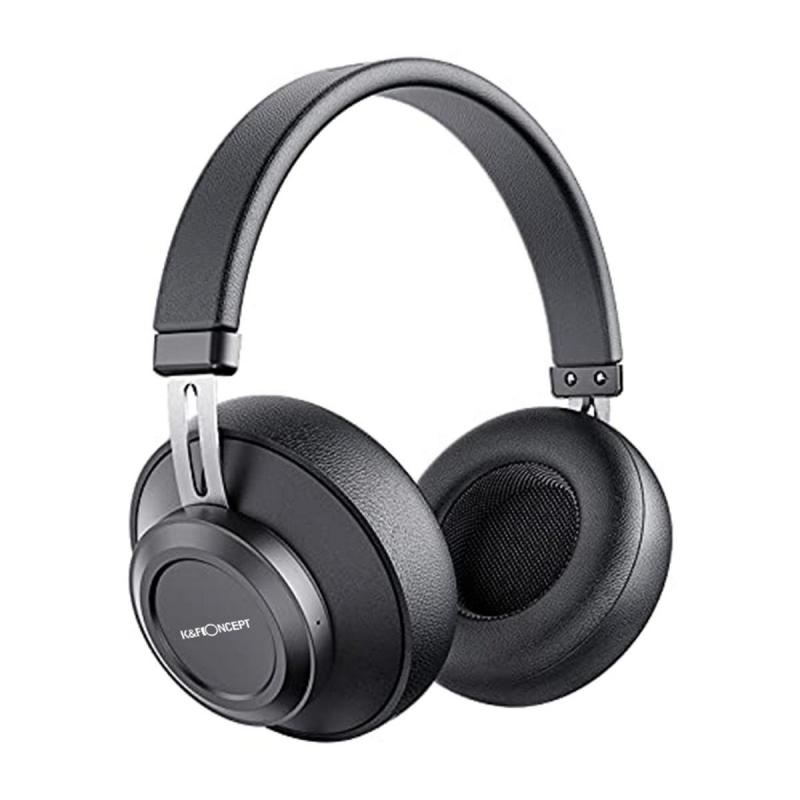
Before diving into the repair process, it's crucial to identify the specific issue with your headphones. Common problems include:
1. No Sound or Intermittent Sound: This is often due to a broken wire or a loose connection.
2. Distorted Sound: This can be caused by a damaged speaker or a dirty headphone jack.
3. One Side Not Working: Typically, this is due to a broken wire or a faulty connection in the earcup.
4. Physical Damage: Broken headbands, ear pads, or other structural components.
Tools and Materials Needed
To fix your headphones, you may need the following tools and materials:
- Screwdrivers (small Phillips and flathead)
- Soldering iron and solder
- Multimeter
- Replacement parts (wires, ear pads, etc.)
- Electrical tape or heat shrink tubing
- Cleaning supplies (isopropyl alcohol, cotton swabs)
Step-by-Step Repair Guide
1. No Sound or Intermittent Sound
Check the Connection:
- Ensure that the headphone jack is fully inserted into the audio source.
- Try a different audio source to rule out the possibility of a faulty device.
Inspect the Cable:
- Gently wiggle the cable near the plug and along its length. If the sound cuts in and out, the cable may be damaged.
- Use a multimeter to check for continuity in the wire. If there is a break, you will need to replace or repair the cable.
Repairing the Cable:
- Cut the damaged section of the cable.
- Strip the insulation from the ends of the wires.
- Twist the corresponding wires together and solder them.
- Cover the soldered joints with electrical tape or heat shrink tubing.
2. Distorted Sound
Clean the Headphone Jack:
- Dirt and debris can accumulate in the headphone jack, causing poor sound quality.
- Dip a cotton swab in isopropyl alcohol and gently clean the inside of the jack.
Inspect the Speakers:
- If cleaning the jack doesn't help, the issue may be with the speakers.
- Open the earcup by removing screws or prying it open carefully.
- Check for any visible damage to the speaker diaphragm or connections.
Replace the Speaker:
- If the speaker is damaged, you may need to replace it.
- Desolder the old speaker and solder in a new one, ensuring all connections are secure.
3. One Side Not Working
Check the Cable:
- Similar to the no sound issue, a broken wire is often the culprit.
- Use a multimeter to check for continuity in the wire leading to the non-working side.
Inspect the Earcup:
- Open the earcup and check the internal wiring.
- Look for loose or broken connections and resolder them if necessary.
Replace the Cable:
- If the wire is damaged beyond repair, you may need to replace the entire cable.
- Desolder the old cable and solder in a new one, ensuring all connections are secure.
4. Physical Damage
Broken Headband:
- If the headband is broken, you can use strong adhesive or epoxy to glue the pieces back together.
- For a more permanent fix, consider using a metal or plastic splint to reinforce the break.
Worn Ear Pads:
- Over time, ear pads can become worn and uncomfortable.
- Purchase replacement ear pads and follow the manufacturer's instructions to install them.
Loose Components:
- If any screws or other components are loose, tighten them with the appropriate screwdriver.
- If a part is missing, you may need to order a replacement from the manufacturer.
Preventive Maintenance
To extend the life of your headphones and prevent future issues, consider the following tips:
- Store Properly: Keep your headphones in a protective case when not in use to prevent physical damage.
- Avoid Tangles: Use a cable organizer to prevent the wires from tangling and breaking.
- Clean Regularly: Periodically clean the headphone jack and ear pads to maintain sound quality.
- Handle with Care: Avoid pulling on the cable or dropping your headphones, as this can cause internal damage.
When to Seek Professional Help
While many headphone issues can be fixed at home, some problems may require professional assistance. If you are not comfortable with soldering or if the damage is extensive, it may be best to take your headphones to a repair shop. Additionally, if your headphones are still under warranty, contact the manufacturer for repair or replacement options.
Fixing your headphones can be a rewarding and cost-effective solution to common problems. By following the steps outlined in this article, you can troubleshoot and repair issues such as no sound, distorted sound, one side not working, and physical damage. With the right tools and a bit of patience, you can extend the life of your headphones and continue to enjoy your favorite audio content. Remember to perform regular maintenance and handle your headphones with care to prevent future issues. If all else fails, don't hesitate to seek professional help or take advantage of warranty services.



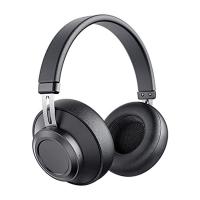


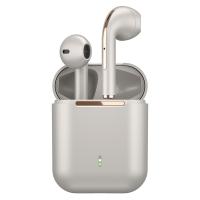
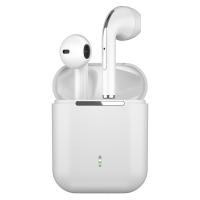
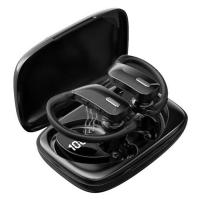
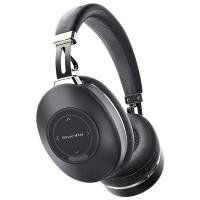
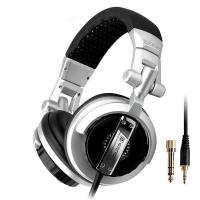
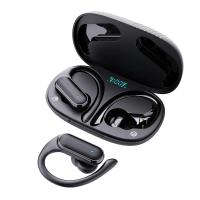







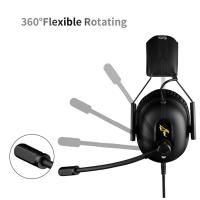
There are no comments for this blog.